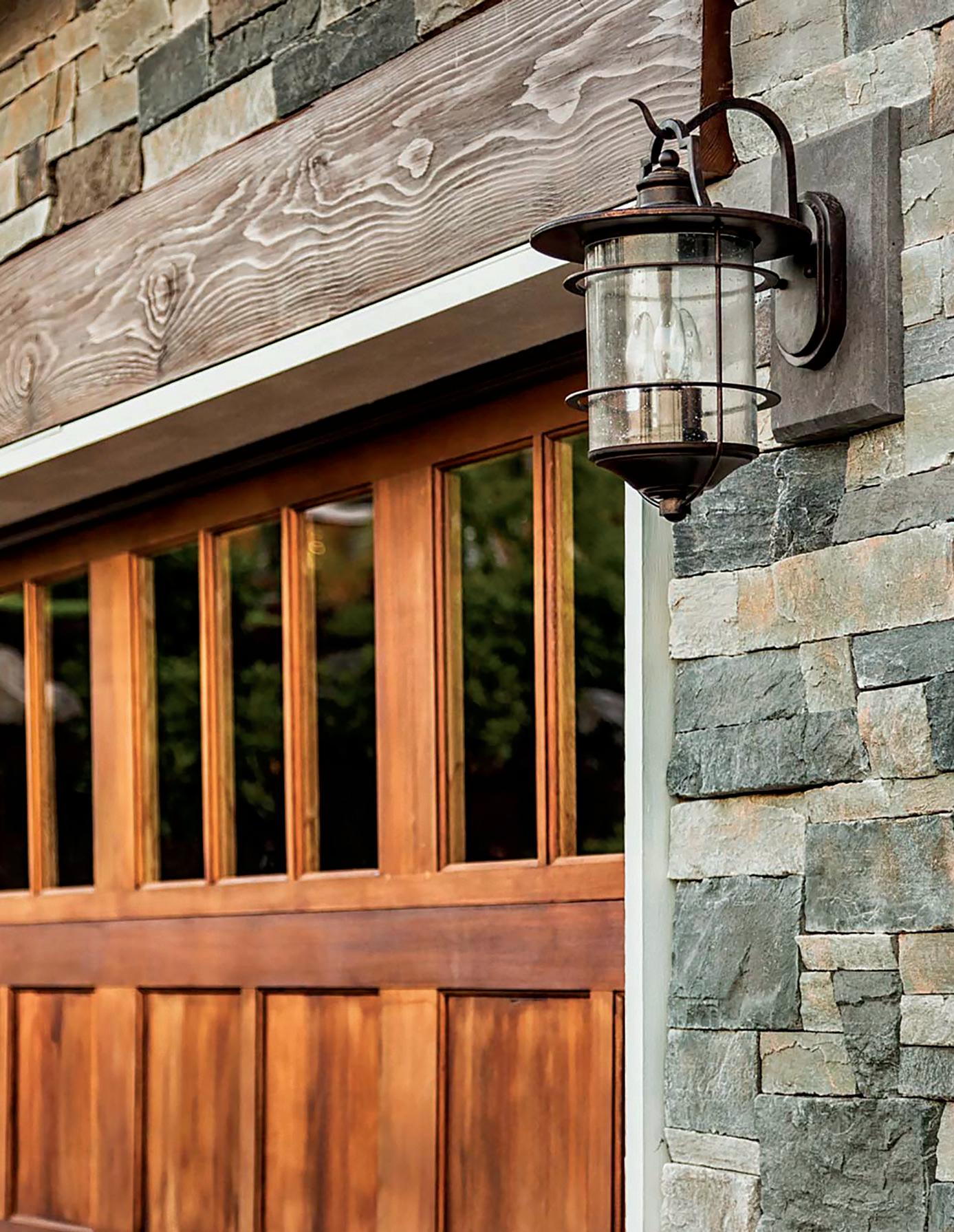
2 minute read
Look For A Property
6
LOOK FOR A PROPERTY
THE INTERNET
95% of all buyers use the internet to start their search for homes – typically taking an average of 12 weeks to research the possibilities they believe their budget can match.
YOUR REALTOR®
Your REALTOR® will assist you with narrowing your search by reviewing your ‘must-haves’ and ‘would-likes’ – making recommendations based on their experience and local knowledge.
A REALTOR® also has access to: • Previewing new properties at REALTOR® open houses. • Technology that automatically sends you new home matches immediately – so you never miss a new listing. • Working within their network to find new properties not even listed yet. • Every home in your preferred community, including “for sale by owner,” discounted brokerages, expired listings, or homes not actually on the market, but that are known suit your requirements. • Emailing specific home requirements to agents in the area, so they know that you are a qualified purchaser.
PRINT MEDIA
Newspapers and real estate magazines still provide a platform that features homes. Not every home is listed on the internet, and sometimes your search can miss that hidden gem because it is not online.
PROPERTY VISITS
Visit open houses and new home developments; you can learn a lot by seeing what is on the market.

BUILDING A HOUSE HUNTING CHECKLIST
In the hunt for a perfect home, it’s easy to forget the important priorities when you see a stunning feature or are overwhelmed by all the choices and homes you have visited.
Use this checklist to help you stay organized and focused on the important criteria during your search:
• Make a comparison chart for when you start viewing: • Size • Positioning of the living spaces • General size of rooms • Kitchen style and appliances • Bedrooms • Bathrooms • En-suites • Garage space(s) • Backyard • Landscaping • Condition of roof, exterior • Storage space • Natural light
• Do you feel an emotional connection to the home?
• Take a tour of the home and do a second walk-through without emotion. Become the inspector and look beyond the surface: • Will your furniture fit?
• Floor plans are a great way to see the flow and how changes can be made. Not available?
Measure and draw your own. • Check out the true storage space – open cupboards, doors, attics, basements, and storage cabinets. • Lift up rugs and investigate for damage on the floor, under furniture, in the back of cupboards, etc. Look at every detail from floor to ceiling, including window trims, under sinks, bathroom tiles, etc. • Look outside – understand the landscaping and the layout of other homes around the home, traffic, parking, noise, etc. • View the property at different times of the day • Take a moment to envision how you would use the space – does it fit your everyday needs? • Who are your neighbors?
• • How long has the house been on the market? • Is it priced to sell? • Compare its price to others sold on the market • What is the resale potential?










